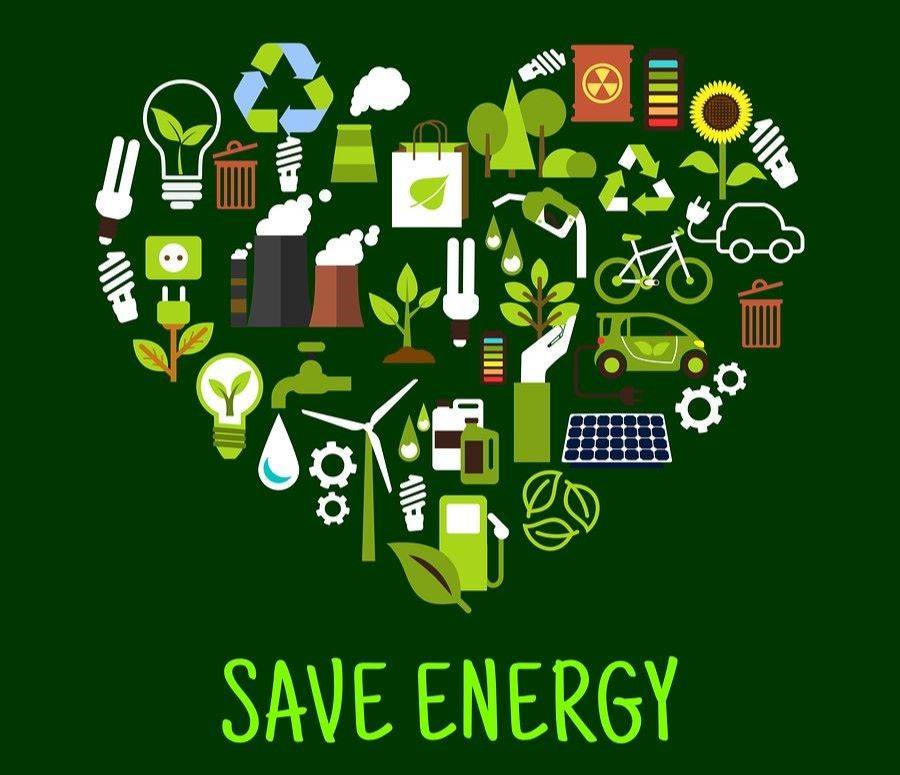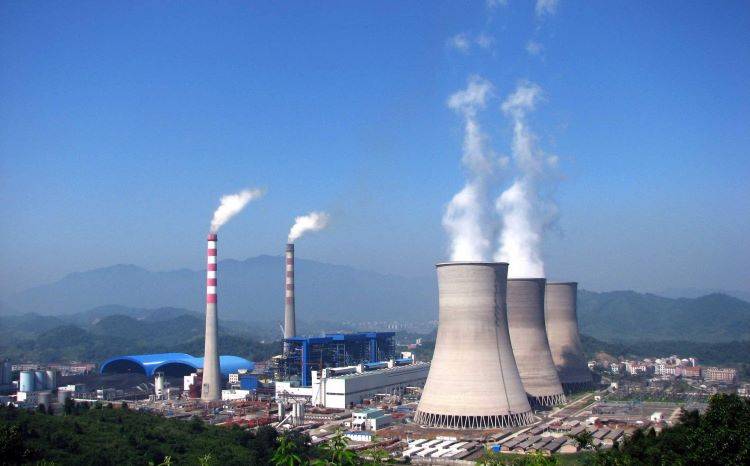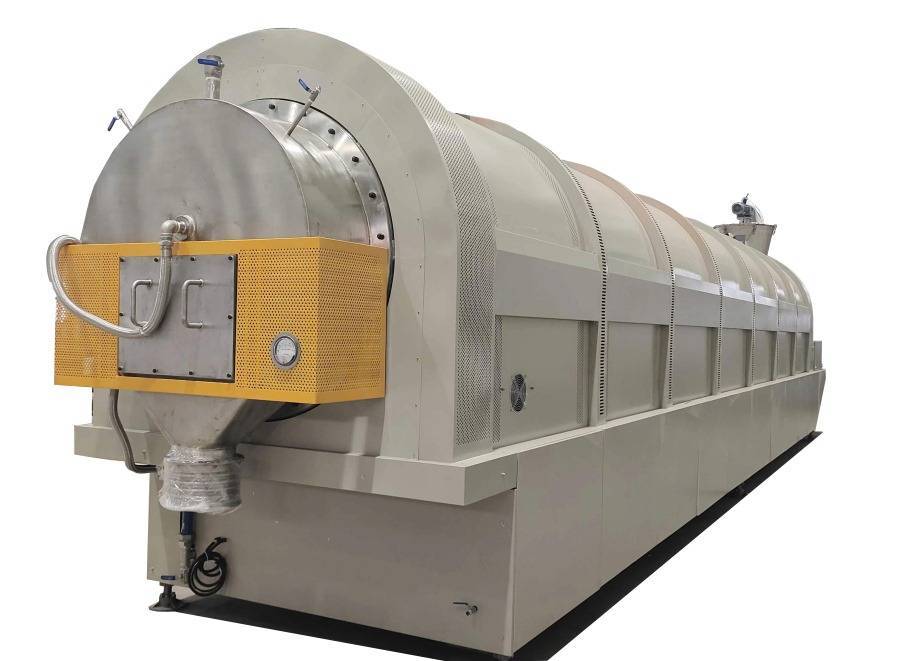Environmental Impact and Industry Trends
Impact of Environmental Reforms on Heat Treating Industry
The evolving landscape of environmental policies and business practices is set to profoundly impact the U.S. heat treating industry, a sector known for its high energy consumption. As regulatory frameworks tighten and sustainability becomes a critical business imperative, companies are increasingly seeking to integrate low-carbon services and equipment into their supply chains. This shift is driven by the urgent need to meet stringent carbon reduction targets, which are not only mandated by law but also demanded by environmentally conscious consumers and stakeholders.
One of the primary strategies being adopted is the adoption of energy-efficient technologies, such as vacuum furnaces, which are renowned for their lower emissions compared to traditional heating methods. These advanced furnaces not only help in reducing the carbon footprint but also contribute to significant cost savings over time, making them an attractive investment for forward-thinking companies.
Moreover, the industry is witnessing a paradigm shift towards more sustainable business models. This includes the development and implementation of comprehensive sustainability strategies that go beyond mere compliance with regulations. Companies are now focusing on long-term environmental stewardship, which involves continuous innovation in process optimization, waste reduction, and the use of renewable energy sources.
In summary, the heat treating industry is at a pivotal juncture, where the convergence of regulatory pressure and market demand is driving a transformative change towards more sustainable and environmentally friendly practices. This shift is not only essential for meeting current and future environmental standards but also crucial for maintaining competitiveness in an increasingly eco-conscious global market.

Emphasis on Heating Furnace Design and Energy
The heat treating industry is undergoing a significant transformation, with a growing emphasis on optimizing heating furnace design to enhance energy efficiency. This shift is driven by the industry's commitment to reducing its environmental footprint and meeting stringent carbon reduction targets. Among the various technologies being explored, vacuum furnaces have emerged as a focal point due to their inherent advantages in terms of lower emissions and energy consumption.
Vacuum furnaces, in particular, are gaining traction because they operate in a controlled environment that minimizes the release of harmful pollutants. Unlike traditional furnaces that rely on combustion processes, vacuum furnaces use electricity, which can be sourced from renewable energy sources, thereby further reducing their carbon intensity. This makes them an attractive option for companies looking to integrate low-carbon services and equipment into their supply chains.
Moreover, the efficiency of vacuum furnaces is significantly higher compared to traditional models. They do not require additional energy for burner systems, which can lead to substantial savings in energy costs over time. This efficiency not only contributes to cost reduction but also aligns with broader industry goals of sustainability and environmental stewardship.
In summary, the focus on heating furnace design and energy efficiency is not just a trend but a necessary evolution for the heat treating industry. Vacuum furnaces, with their lower emissions and higher energy efficiency, are at the forefront of this transformation, offering a viable path towards achieving both environmental and economic objectives.
Environmental and Economic Analysis of Vacuum Heat Treatment
Electricity vs. Natural Gas: Emissions and Costs
Despite the higher emissions and costs associated with electricity, the industry is increasingly adopting electrification and vacuum equipment for heat treatment processes. This shift is driven by a combination of internal and external factors, including regulatory pressures, market demand for low-carbon solutions, and technological advancements.
Electricity, while more expensive per unit of energy compared to fossil fuels, has a larger carbon footprint. However, the transition to vacuum heat treatment using electric furnaces offers several advantages. Electric furnaces are more energy-efficient as they do not require additional energy for burner systems, which are typically used in natural gas-powered furnaces. This efficiency translates into lower operational costs and reduced environmental impact over time.
Moreover, the use of electricity for vacuum pumps in heat treatment processes results in a lower carbon intensity compared to traditional methods. This reduction in carbon emissions is a crucial factor for industries aiming to meet stringent environmental regulations and corporate sustainability goals.
In summary, while the initial costs and emissions of electricity may seem prohibitive, the long-term benefits of adopting vacuum heat treatment with electric furnaces make it a strategic choice for industries seeking to reduce their carbon footprint and operational costs.
Efficiency and Environmental Benefits of Vacuum Furnaces
Vacuum furnaces offer a superior level of energy efficiency compared to traditional heating methods. Unlike conventional furnaces that rely on burner systems, electric vacuum furnaces do not require additional energy for combustion processes. This inherent efficiency is a significant advantage, particularly in industries where energy consumption is a critical factor.

Moreover, the use of electricity for vacuum pumps in heat treatment processes results in a lower carbon intensity. This is a crucial benefit in the context of modern industrial practices, where reducing carbon footprints is not just an environmental imperative but also a regulatory necessity. The vacuum environment ensures that no waste gases or liquids are released during operation, contributing to a cleaner atmospheric environment and meeting stringent green environmental standards.
| Feature | Benefit |
|---|---|
| Energy Efficiency | Eliminates the need for additional energy for burner systems |
| Lower Carbon Intensity | Reduces carbon footprint due to electricity-driven vacuum pumps |
| Environmental Protection | No waste gas or liquid emissions; cleaner atmospheric environment |
| Compliance with Green Standards | Meets modern industrial green environmental requirements |
The high operating power of vacuum furnaces also translates to significant savings in operational resources. By minimizing energy waste and preventing excessive consumption, these furnaces exemplify the principle of sustainable energy use. This not only aligns with the highest specifications for energy conservation and environmental protection but also offers tangible economic benefits through reduced operational costs.
In summary, vacuum furnaces stand out for their efficiency and environmental benefits, making them a preferred choice in industries striving for both economic viability and environmental responsibility.
Future Trends and Technological Advancements
Shift Towards Multi-Chamber and Continuous Furnaces
The push for low-carbon solutions is catalyzing a shift towards the adoption of multi-chamber batch and continuous furnaces, which offer significant energy conservation advantages. These advanced furnace designs are not only more efficient but also contribute to reduced carbon footprints in industrial processes.
Continuous furnaces, in particular, stand out due to their high production rates and efficiency. By operating without the need to cool or heat zones intermittently, they maintain a consistent processing environment. This continuous operation ensures uniform heating of workpieces, leading to more predictable material properties and higher product quality. Moreover, the reduced need for manual intervention lowers labor costs and enhances operational consistency.
However, the flexibility of continuous furnaces is somewhat limited. They are best suited for large-scale, continuous production runs rather than small batches or intricate geometries. Additionally, while they offer energy efficiencies in operation, the continuous nature of their use can lead to higher overall energy consumption compared to batch furnaces.

In contrast, batch furnaces, though simpler and less expensive, require more frequent cooling and reheating cycles, which can lead to inefficiencies. Semi-continuous furnaces, with their multi-chamber design, bridge the gap by offering higher production rates and better energy management without the complexity of fully continuous systems.
| Feature | Batch Furnaces | Semi-Continuous Furnaces | Continuous Furnaces |
|---|---|---|---|
| Design Complexity | Simpler | Intermediate | Complex |
| Production Rates | Lower | Higher | Highest |
| Energy Efficiency | Lower (frequent cycles) | Higher (multi-chamber) | Highest (continuous process) |
| Flexibility | Higher (small batches) | Intermediate | Lower (large-scale runs) |
| Maintenance Complexity | Easier | Intermediate | Requires specialized knowledge |
The choice between these furnace types will depend on the specific needs of the manufacturing process, balancing the trade-offs between production scale, energy efficiency, and operational flexibility.
Impact of Renewable Energy and Grid Storage Solutions
Renewable energy sources, such as solar and wind power, are increasingly being integrated into the energy grid, promising to significantly reduce the carbon footprint of energy-intensive industries like heat treatment. As the demand for low-carbon solutions grows, the adoption of renewable energy is not just an environmental necessity but also a strategic business move. Grid storage solutions, such as advanced batteries and pumped hydro storage, are critical in managing the intermittent nature of renewable energy, ensuring a stable and reliable power supply.
This integration of renewable energy and grid storage technologies is expected to play a pivotal role in optimizing energy use and reducing emission factors. By leveraging these technologies, industries can achieve greater energy efficiency and lower their reliance on fossil fuels, thereby contributing to global carbon reduction targets. The synergy between renewable energy and grid storage not only enhances the sustainability of industrial processes but also opens up new avenues for economic growth and innovation in the energy sector.
In the context of the heat treating industry, the adoption of renewable energy and grid storage solutions can lead to more efficient and environmentally friendly operations. For instance, the use of electricity generated from renewable sources in vacuum furnaces can further reduce carbon intensity, as these furnaces are already known for their energy efficiency. This shift towards renewable energy and grid storage is not just a response to environmental regulations but a proactive measure to future-proof businesses against rising energy costs and environmental concerns.
Related Products
- Vacuum Heat Treat and Pressure Sintering Furnace for High Temperature Applications
- Vacuum Hot Press Furnace Machine Heated Vacuum Press
- Vacuum Hot Press Furnace Heated Vacuum Press Machine Tube Furnace
- Large Vertical Graphite Vacuum Graphitization Furnace
- Ultra-High Temperature Graphite Vacuum Graphitization Furnace
Related Articles
- The Ultimate Guide to Vacuum Pressure Sintering Furnace: Benefits, Applications, and Working Principle
- How Vacuum Induction Melting Outperforms Traditional Methods in Advanced Alloy Production
- Exploring Spark Plasma Sintering Furnace (SPS): Technology, Applications, and Advantages
- How Vacuum Induction Melting Ensures Unmatched Reliability in Critical Industries
- Comprehensive Guide to Vacuum Hot Press Furnace Application























